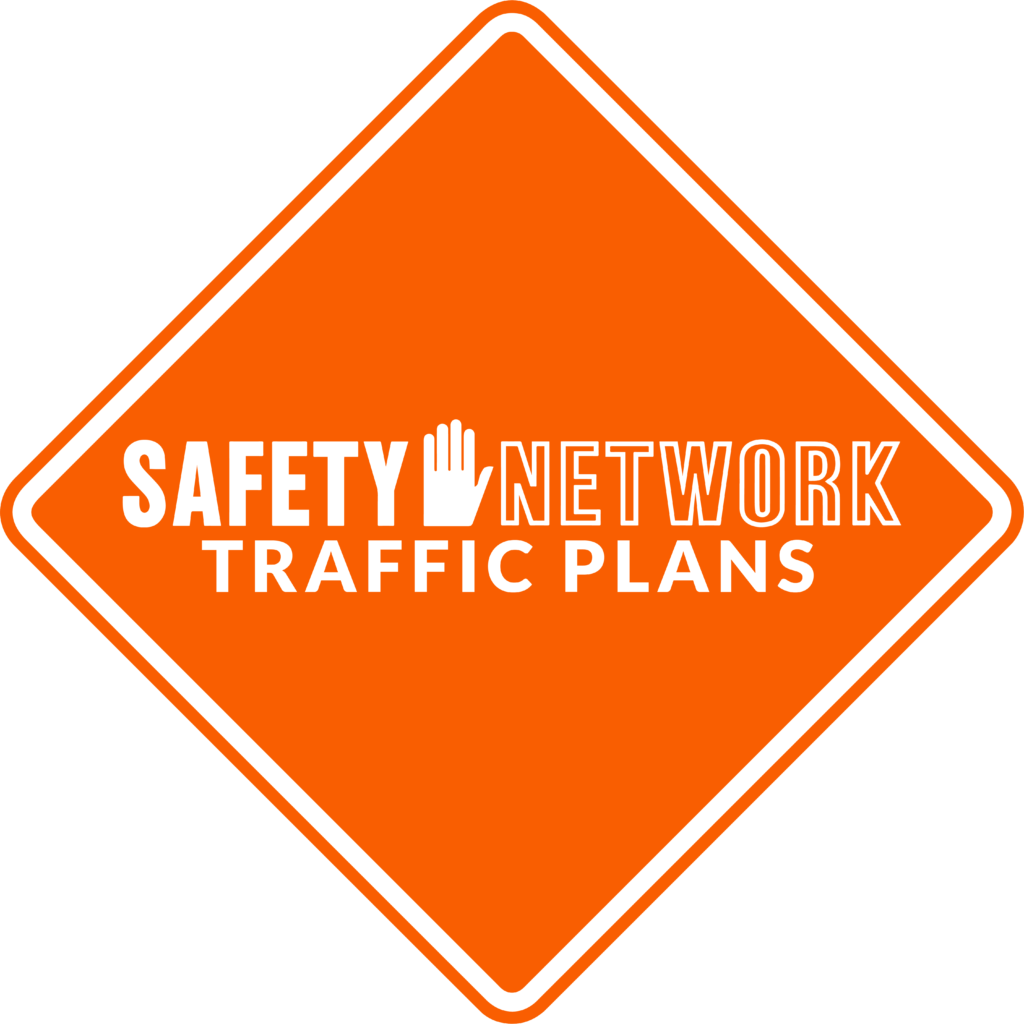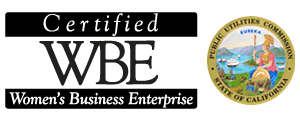Traffic Control Blog
Stay up to date on current traffic regulations, updates, and other insights.

A List Of All Traffic And Road Signs And Their Meaning
Traffic and road signs are important because they help people know where to go and what to do on the roads. They also help keep

A Layperson’s Guide To Traffic Control Devices
So, do you want to learn about traffic control devices? Well, you’re already quite familiar with one kind of traffic control device: traffic signals. Every

A Guide To Active Traffic Management & Traffic Control Methods
Traffic congestion cost the average American roughly 97 hours per year and $1348 per driver, according to mobility analytics company INRIX’s 2018 Global Traffic Scorecard.
Learn More About Our Traffic Control Services
Our traffic control services involve planning and managing pedestrian and motorist traffic around construction work zones and sensitive areas in a manner that minimizes traffic congestion, maintains safety for motorists and workers, and ensures timely project completion.
Our traffic control plans outline the steps needed to ensure safe vehicular, pedestrian, and bicyclist movement in work areas or near special event detours and road closures. A traffic control plan serves as a guide for managing the flow of traffic and promotes safety by providing an organized, commonly understood system. Components of a great traffic control plan include:
- Designating who has the right-of-way at intersections
- Ensuring signage and road markings are clearly visible to motorists
- Categorizing traffic zones according to functions (e.g., through lanes, turning lanes, etc.)
- Determining optimal locations for flaggers and channelizing devices to direct traffic flow
- Outlining any temporary or permanent traffic restrictions or prohibitions
- Specifying alternative routes in case of delays or disruptions
Traffic control devices are any physical aid used to manage the flow of traffic on roads and highways. Common traffic control devices include:
- Signs: Signage is used to alert drivers, pedestrians, and cyclists of emergency zones, speed limits, approaching intersections, temporary work areas, special events, and other road conditions or environmental concerns. Traffic safety signs generally fall into four categories including regulatory signs, guide signs, warning signs, and work zone signage.
- Barriers: Traffic safety barriers contain and direct the flow of vehicles around work zones or special event areas while mitigating traffic congestion and delays, and preserving the safety of pedestrians and motorists.
- Reflective delineators: These lightweight traffic safety devices are designed to alert and guide drivers around sensitive areas. Anchored by heavy rubber bases, they’re flexible yet sturdy enough to be used in many weather conditions.
- Channelizers: Plastic molded products, usually colored orange, that are lined with reflective material and weighed down by a rubber base. Channelizers are used to route traffic around sensitive areas and construction work zones. Types of channelizers include drums, vertical panels, delineators, and traffic cones.



